They're not a safe way to stay awake
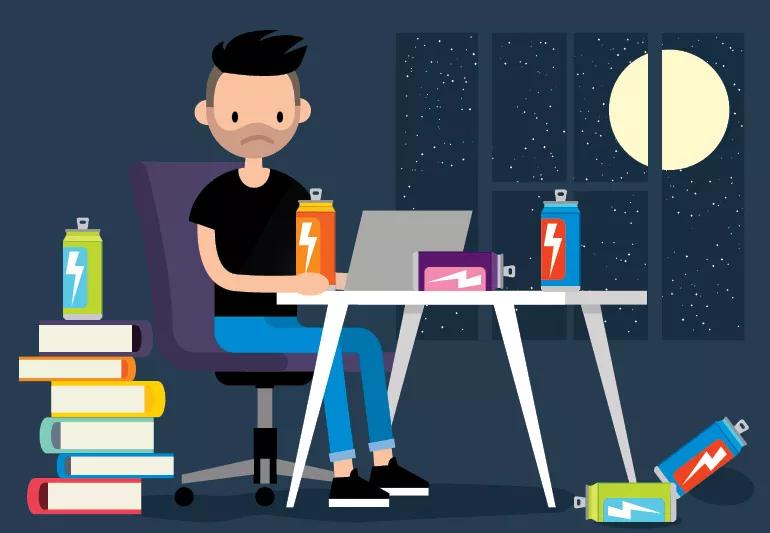
Energy drinks line the never-ending wall of coolers at rest stops, drugstores and supermarkets. You may not think twice about grabbing one to stay awake on the road, to study or to work a long shift. After all, you drink coffee. What harm could a little extra caffeine do?
Advertisement
Cleveland Clinic is a non-profit academic medical center. Advertising on our site helps support our mission. We do not endorse non-Cleveland Clinic products or services. Policy
A lot, as it turns out.
“Energy drinks have megadoses of caffeine and sometimes other stimulants. We find that some people who use them come into the hospital with strokes or severe brain hemorrhages,” warns rheumatologist Rula Hajj-Ali, MD.
“These are typically young, otherwise healthy people in their 30s and 40s.”
The condition that can trigger a stroke after downing an energy drink is reversible cerebral vasoconstriction syndrome, or RCVS. This sudden spasm of the brain’s blood vessels can either restrict its blood supply or cause a hemorrhage.
Although RCVS is reversible, it is not a benign disease. Dr. Hajj-Ali says some people have a stroke and never recover, and in in very rare cases, RCVS can cause death.
“The most important symptom of RCVS is a severe thunderclap headache — the worst headache you’ve ever felt in your life,” notes Dr. Hajj-Ali. “It comes on very intensely, within minutes.”
Other symptoms can include tingling and numbness in different parts of the body, as well as seizures.
Dr. Hajj-Ali, an expert in central nervous system (CNS) vasculitis — a rare inflammatory disease affecting the brain’s arteries — says RCVS often mimics CNS vasculitis. Both share similar symptoms and trigger strokes early in life. However, “the treatments are totally different,” she adds.
Advertisement
Experts aren’t sure why energy drinks trigger RCVS. “Some people who have been drinking energy drinks for some time become more sensitive to them as time goes on. Others are very sensitive to begin with, and can develop RCVS the first time they consume one,” says Dr. Hajj-Ali.
Unfortunately, there is no way to test for who will develop RCVS and who will not.
The agonizing headache sends most patients to the hospital, where they get a CT scan of the brain. The initial scan can look normal, however, so RCVS may be overlooked at first, she says.
Patients are sent home until the persistent headache brings them back to the ER. That’s when the stroke or hemorrhage shows up on a CT or MRI scan.
Because patients are too young to have developed the usual risk factors for stroke — like high blood pressure or high cholesterol — doctors must look for another cause.
The statistics are shocking about the use of energy drinks at younger ages. One study found that 43% of 13-to-15-year-olds had tried them.
Doctors typically do a spinal tap to check for an infection or inflammation in the brain. They may also order a magnetic resonance angiogram (MRA) or an angiogram (catheterization) of the brain’s blood vessels.
“When the brain’s blood vessels look abnormal, we ask, ‘Is this CNS vasculitis or something else?’” she says. “Most often, it is RCVS, and I feel so bad for these young people, since this could have been prevented.”
Besides energy drinks, medications that constrict the blood vessels can trigger RCVS. The biggest culprit is nasal decongestants.
Less common causes of RCVS include high doses of antidepressants from the SSRI (selective serotonin-reuptake inhibitor) class, migraine medicines, nicotine patches and ginseng.
RCVS is also among the many problems that illegal drug and marijuana use can cause.
“Also, woman who have delivered a baby can develop RCVS postpartum,” says Dr. Hajj-Ali. “Often, we see it in people who are on combinations of medications.”
“The statistics are shocking about the use of energy drinks at younger ages,” notes Dr. Hajj-Ali. “One study found that 43 percent of 13-to-15-year-olds had tried them.”
Energy drinks can cause anxiety, high blood pressure, heart palpitations, and caffeine intoxication and withdrawal, in young people.
And while adolescents may use energy drinks to study, long-term mega-doses of caffeine aren’t good for the brain, she says.
Energy drinks may enhance arousal but do not improve other cognitive tasks. And contrary to popular belief, they do not help kids with attention-deficit disorder.
Dr. Hajj-Ali does her best to educate young patients about the risks of energy drinks.
Advertisement
“Unfortunately, energy drinks are marketed mainly to adolescents, especially on social media,” she says. “We have to better educate kids and schools about their dangers.”
Dr. Hajj-Ali says that, in our society, we try to burn the candle at both ends. “So often, when we are fatigued and tired, we think we need more caffeine. But what we really need is sleep,” she says.
So the next time you’re prowling the coolers for a beverage, forget about grabbing an energy drink — look for an alternative, she says, and get some rest.
Advertisement
Learn more about our editorial process.
Advertisement
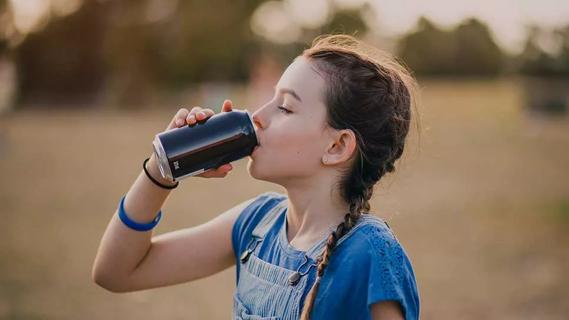
No amount of caffeine is safe for kids under 12, and kids 12 to 17 should be cautious about how much they consume
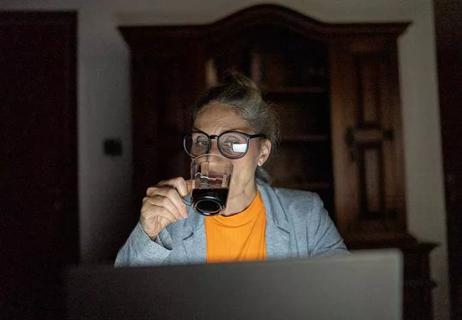
Depending on your sensitivity to caffeine, a late-night cup may be just fine
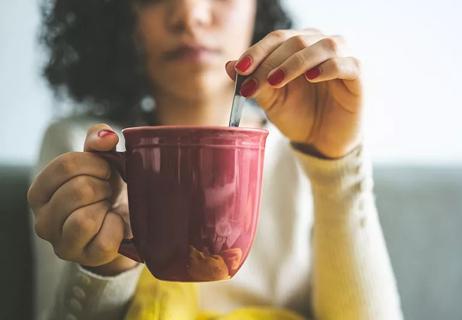
Don’t make the mistake of stopping cold turkey
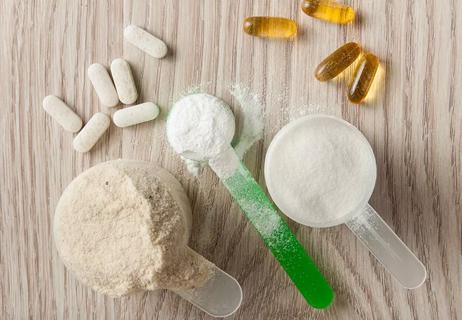
These caffeine-packed supplements can give your workouts a boost

You don’t need coffee or caffeine to get by

Yes, there is such a thing as too much coffee
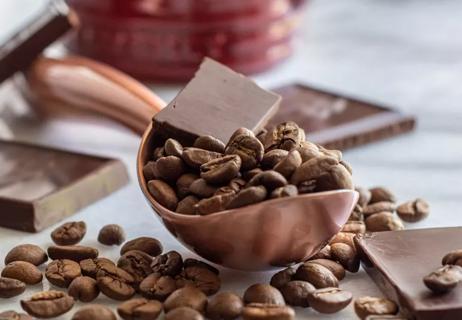
Learn the risks and rewards of your daily caffeine intake

Type 2 diabetes isn’t inevitable with these dietary changes

Applying a hot or cold compress can help with pain